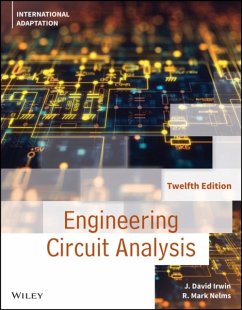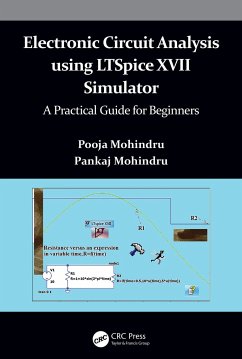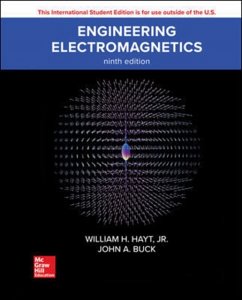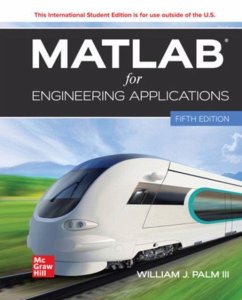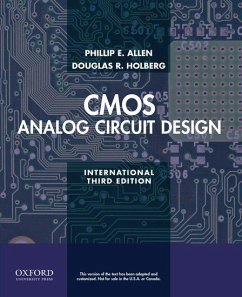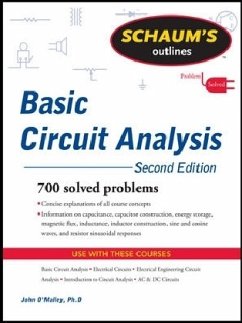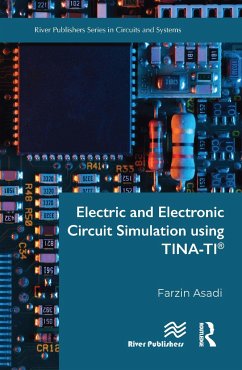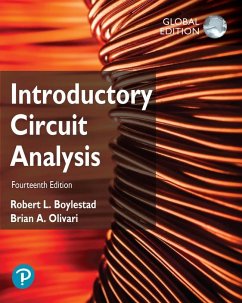
Engineering Circuit Analysis ISE
Versandkostenfrei!
Versandfertig in 2-4 Wochen
84,99 €
inkl. MwSt.

PAYBACK Punkte
42 °P sammeln!
The hallmark feature of Engineering Circuit Analysis is its focus on the student. This text is written so students may teach the science of circuit analysis to themselves. Terms are clearly defined, basic material appears toward the beginning of each chapter and is explained carefully and in detail, and numerical examples are used to introduce and suggest general results. Simple practice problems appear throughout each chapter, while more difficult problems appear at the end of chapters. >The new edition of Engineering Circuit Analysis is also available in McGraw Hill Connect, featuring: Smart...
The hallmark feature of Engineering Circuit Analysis is its focus on the student. This text is written so students may teach the science of circuit analysis to themselves. Terms are clearly defined, basic material appears toward the beginning of each chapter and is explained carefully and in detail, and numerical examples are used to introduce and suggest general results. Simple practice problems appear throughout each chapter, while more difficult problems appear at the end of chapters. >The new edition of Engineering Circuit Analysis is also available in McGraw Hill Connect, featuring: SmartBook 2.0, Adaptive STEM Prep Modules, Application-Based Activities, a curated question bank, Proctorio, and more!



